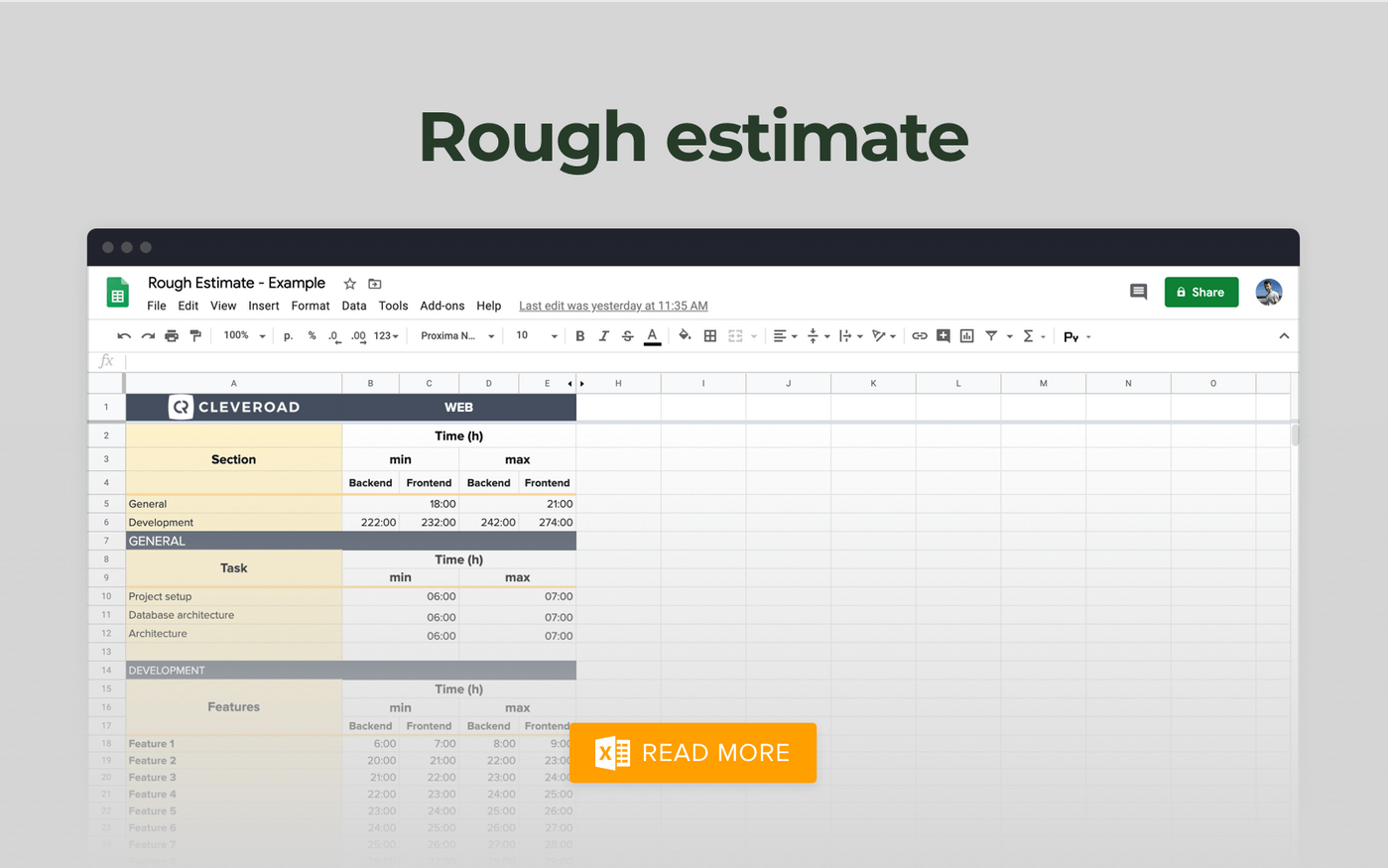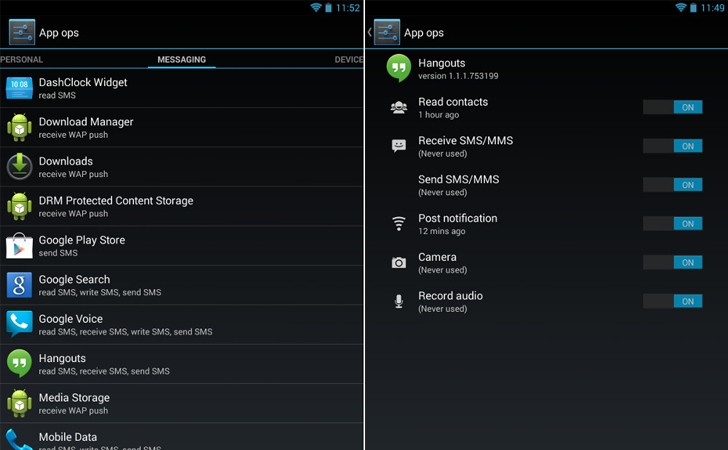

Add custom widgets to the home screen to get quick access to vital app data.Customize the size of how apps and folders appear on the home screen to accommodate various screen sizes.Categorize your apps into folders to reduce cognitive overload if you have a lot of apps on the home screen.Position your apps on the home screen to make more important and frequently used apps easier to access, as well as to create a consistent and familiar setup for your users between devices.Set a custom wallpaper to show off your branding or use it as a visual indicator to differentiate between your devices.MHS customization allows you to completely redesign how the home screen looks and feels:

MHS gives you the flexibility to empower your users. Regardless of what is already installed on the device, you can pick which apps and system settings you want your users to access from MHS to ensure the content they access is completely relevant to their tasks. This will prevent devices from being misused and allows you to completely customize the home screen experience.
When configured in multi-app kiosk mode in the MEM console, MHS is automatically launched as the default home screen on the device and appears to the end user as the only home screen. Use MHS when you want your end users to have access to a specific set of applications on your Intune-enrolled dedicated devices.
#MANAGE APPS ON ANDROID ANDROID#
Managed Home Screen (MHS) is an Android application available for use through Managed Google Play. If you are looking for a similar solution on your Intune-managed AE fully managed devices, please use our Microsoft Launcher for Enterprise solution. Note that MHS is intended only for Intune-managed devices enrolled as an AE dedicated device. Managed Home Screen also enables organizations to further customize, restrict, and troubleshoot their Intune-managed dedicated devices. Microsoft’s Managed Home Screen app provides even more functionality to the dedicated device solution by limiting the set of apps available and preventing users from making any changes to the device. If you have additional questions about Intune’s dedicated device solution, please refer to the FAQ at the end of this post. These are corporate-owned devices are not associated with any particular user and often leveraged to complete specific tasks. MEM customers using Intune have the option to enroll their Android devices as Android Enterprise (AE) dedicated devices. Note that Microsoft Intune is now a part of Microsoft Endpoint Manager (MEM), a unified management platform that also includes Configuration Manager, so you will see references to MEM throughout this post.
#MANAGE APPS ON ANDROID HOW TO#
We will walk you through step-by step how to enroll your devices with Managed Home Screen and we will answer the common questions we hear regarding Intune’s dedicated device solution with Managed Home Screen. This blog post will help explain what Managed Home Screen is, when to use it and how to set it up. To deliver a multi-app, kiosk-style scenario on your Android Enterprise dedicated devices, Microsoft Intune uses Microsoft’s Managed Home Screen. By: Charlotte Maguire | Program Manager & Julia Syi | Program Manager 2 – Microsoft Endpoint Manager - Intune


 0 kommentar(er)
0 kommentar(er)
